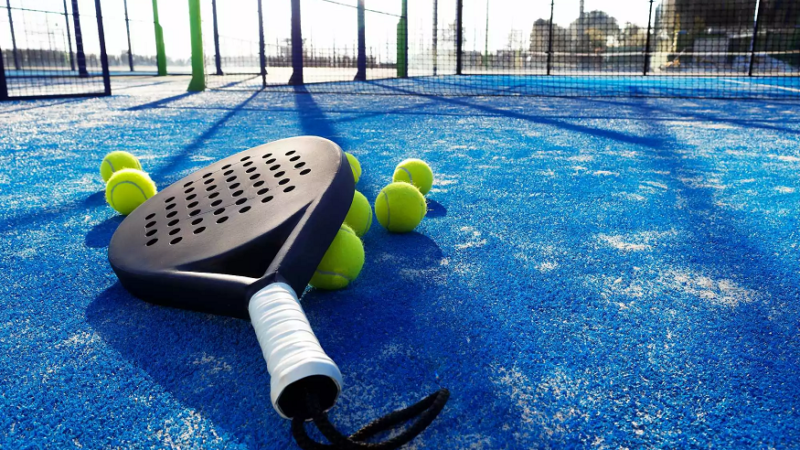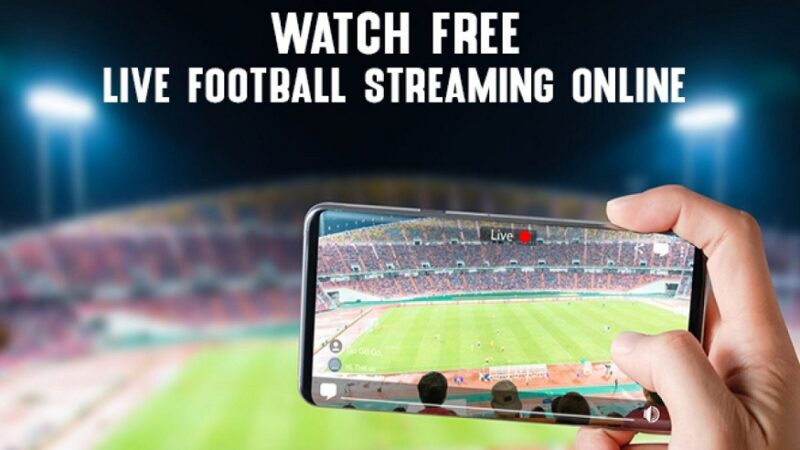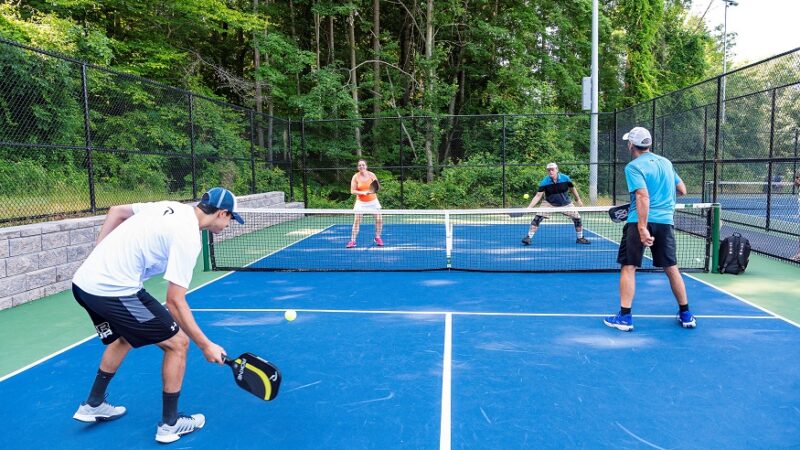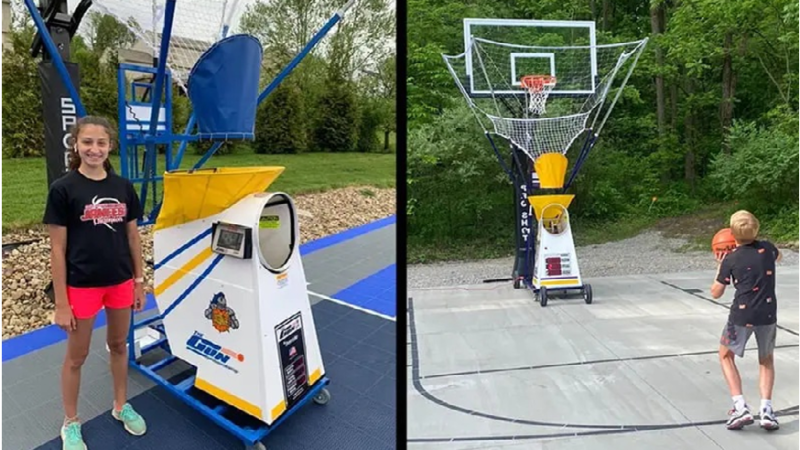The Complete Guide to USA Pickleball Rules
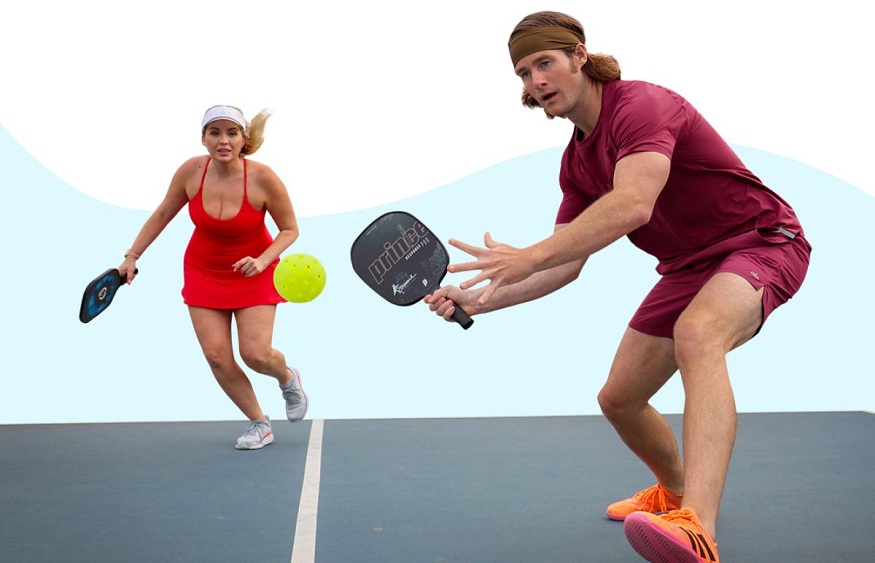
Pickleball is a fast-growing sport that combines elements of tennis, badminton, and table tennis. Governed by various organizations worldwide, it has established its own set of rules to ensure fair play and consistency across the board. In the United States, the governing body is the USA Pickleball Association (USAPA). In this article, we will explore the comprehensive rules set forth by the USAPA, which is the foundation for competitive and recreational pickleball play in the USA.
Introduction to USA Pickleball Rules
The USA Pickleball Association is responsible for overseeing the rules and regulations of the sport within the United States. These rules cover various aspects of the game, including court dimensions, equipment, gameplay, and scoring. Here is an overview of the key elements of pickleball rules as set by the USAPA:
Read more :Cricket in the Digital Age: How Technology is Transforming Fan Engagement
Court and Equipment
Court Dimensions:
A standard pickleball court measures 20 feet wide and 44 feet long, with specific boundary lines, a non-volley zone, and a centerline.
Net:
The net should be placed at the center of the court and is 36 inches in height at the sidelines and 34 inches in height at the center.
Paddles:
Paddles used in pickleball must meet specific criteria regarding size, weight, and surface. Paddle dimensions should not exceed 17 inches in length, 7 inches in width, and 1.5 inches in thickness.
Ball:
Pickleballs must meet the USAPA’s specifications for size, weight, and bounce height. They should have 26-40 round holes and a diameter of 2.874 to 2.972 inches.
Gameplay Rules
Serving:
The serve is made diagonally from the server’s right service court to the receiver’s right service court. The serve must clear the net and land in the service court diagonally opposite.
Scoring:
Pickleball games are played to 11 points. However, in order to win, a team must win by at least two points. Scoring is typically rally-scoring, which means that points can be scored by both the serving and receiving teams.
Double Bounce Rule:
The double bounce rule is a fundamental part of pickleball. After the serve, each team must let the ball bounce once on their respective sides before volleys (hitting the ball in the air) are allowed.
Non-Volley Zone:
The non-volley zone, also known as “the kitchen,” extends 7 feet from the net on both sides of the court. Players are not allowed to volley the ball while standing in this area.
Faults and Let Calls
Foot Faults:
A player commits a foot fault if they step on or into the non-volley zone during a volley. This results in a fault.
Let Calls:
Let calls are made when a rally is disrupted by unexpected circumstances, such as a ball rolling onto the court from another game or an errant call. In such cases, the rally is replayed.
Line Calls
Line calls are an integral part of pickleball. If the ball lands on the line, it is considered “in.” Line calls should be made honestly, and the opponents should respect them.
Winning the Game
A game is typically played to 11 points, but it must be won by at least two points. If the score reaches 10-10, the game continues until one team leads by a margin of two points.
Additional USA Pickleball Rules and Considerations
In addition to the fundamental rules mentioned above, the USAPA has established more detailed regulations that cover various aspects of the game. Here are some additional rules and considerations for pickleball play in the United States:
Starting the Game
A game starts with a coin toss to determine which team serves first.
Server Rotation
In doubles play, both players on the serving team have the opportunity to serve, and they must switch sides after scoring a point. If they lose a point, the serve goes to the opposing team, and they also switch sides.
Dead Ball
If a served ball hits the net and goes over, it is called a “let” and is retaken. If the serve lands out of bounds, it’s considered a fault.
Timeout
Each team is allowed two timeouts per game. These timeouts can be used to strategize, rest, and regroup.
Unintentional Distractions
If a player unintentionally distracts their opponent or the opponent’s partner, a let is called, and the rally is replayed.
Soft Pickleball
Using a soft pickleball is recommended for outdoor play as it reduces the risk of injury and damage to the paddle.
Rule Changes and Updates
It’s important to note that the rules of pickleball are not set in stone and may be subject to changes and updates by the USAPA. Players, officials, and pickleball enthusiasts should stay informed about any rule revisions to ensure that they are playing in accordance with the latest regulations.
Conclusion
Pickleball, a sport that continues to gain popularity in the United States and around the world, is governed by a comprehensive set of rules established by the USA Pickleball Association. Understanding and adhering to these rules are essential for both competitive and recreational play. With clearly defined regulations for court dimensions, equipment, serving, scoring, and gameplay, the USAPA ensures that pickleball is a fair and enjoyable sport for players of all skill levels. So, grab your paddle, find a partner, and take to the pickleball court, knowing that you are playing by the rules established by the governing body in the USA.


